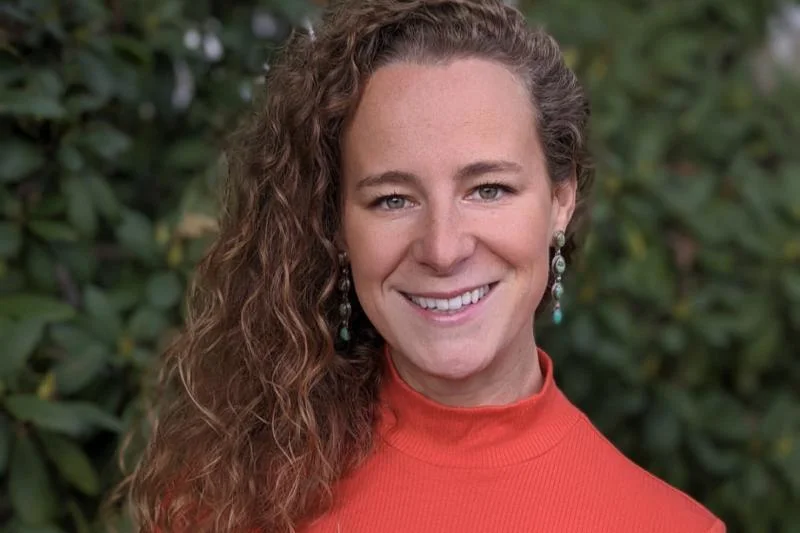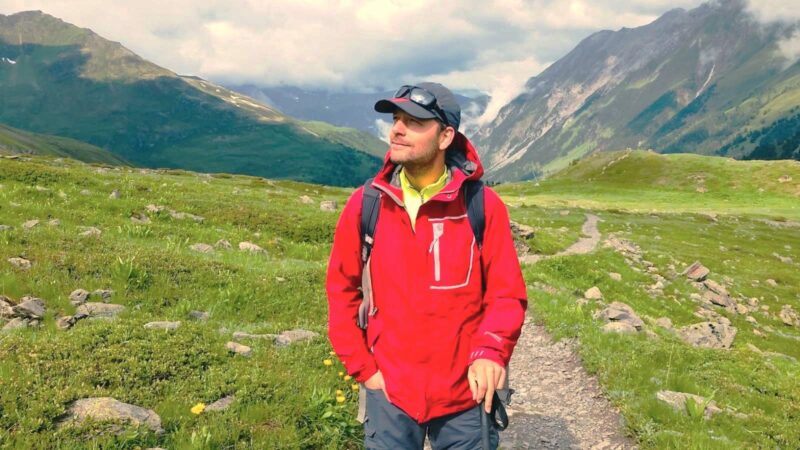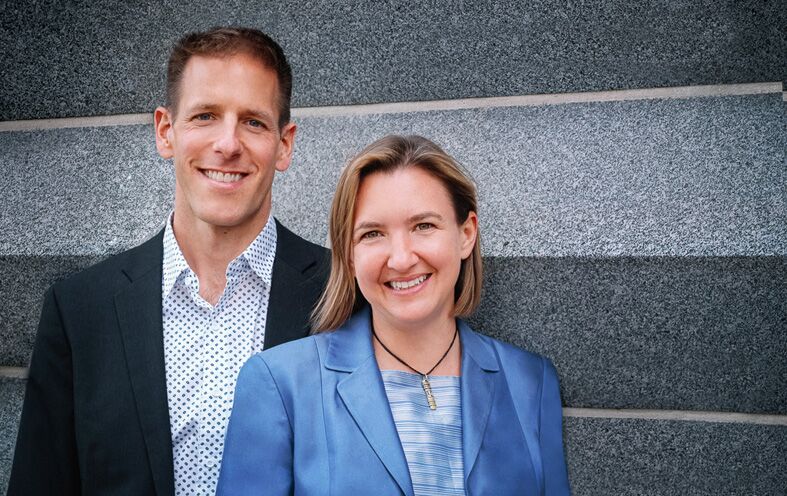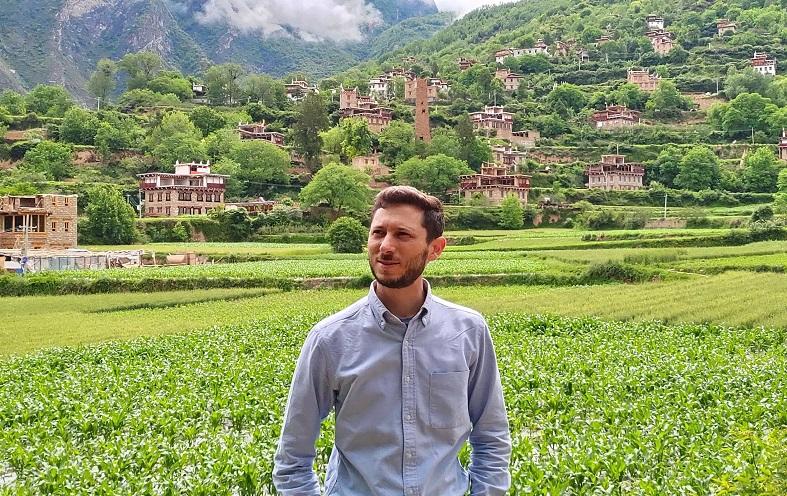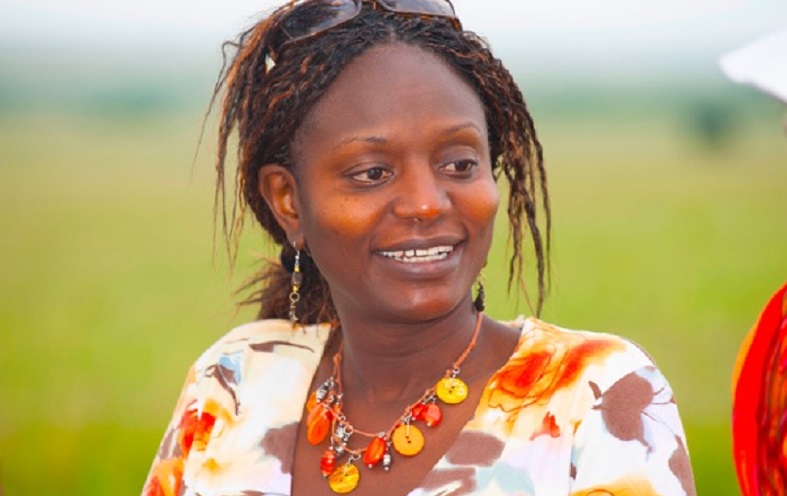
With so many variables in play, how do you build a tourism economy that benefits local communities and protects the environment?
In this interview, Jeremy Sampson, CEO of UK’s leading sustainable tourism charity, the Travel Foundation, explains the invisible burden that communities and the environment have to bear, in order to accommodate global tourism. He illustrates how tourism can make a positive impact through smart stakeholder management, research, providing expert advice and guidance, and training locals.
Jeremy also shares insights into the wonders that can be achieved through cooperation between the public and private sectors when there are shared objectives and needs.
Jeremy, with close to a decade of experience in the field of education, what inspired you to switch to sustainable tourism and run a charity like the Travel Foundation (TF)?
When I joined Sustainable Travel International after some years working in the education sector, it was a natural transition for me. I have always been passionate about travel and curious about the world, and I’ve primarily sought out mission-driven social impact work throughout my career. Actually, my very first job out of college was in marketing at Ambassador Tours, one of San Francisco’s oldest travel agencies, so it was great to come back to the industry after some time away.
When I started on my current path, I surely couldn’t have explained to you exactly what ‘sustainable tourism’ was. But after a short time, I realised that tourism has the potential to leave powerfully positive impacts on people and places. I am an optimist by nature, but I also know first-hand that this vision is far from a reality in many places.
I feel very fortunate to call sustainable tourism my passion, my hobby, and my career – all rolled into one. It was a no-brainer for me to apply for the CEO job at the Travel Foundation, where I have the opportunity to work with an incredibly dynamic team and contribute in meaningful ways towards the evolution of our sustainable tourism movement.
TF has worked on some very interesting projects over the last years, like the ‘Lionfish on the menu’ in St. Lucia or ‘Taste of Fethiye’ in Turkey. How do you choose such topics, and how do you mobilize funds and personnel to train the locals in so many countries?
The Travel Foundation was originally established in 2003 by some of the big outbound operators in the UK, such as TUI, Thomas Cook, and Virgin Holidays. The idea was to mobilise funds and other resources from those companies to ensure tourism had a positive local impact in destinations popular with UK holidaymakers.
For many years, our projects at the Travel Foundation have been designed and implemented in collaboration with businesses and destinations, primarily focused on tackling key issues and opportunities that impact the tourism product and supply chain.
However, a few years back, we decided that to have the impact we wanted, we should engage with a much broader set of international stakeholders, and work to change policies and practices at a more systemic level.
Our recent work on the Invisible Burden report, released last year in collaboration with Cornell University and Epler Wood International, enabled us to take a step forward in our thinking.
The report calls for a real shift in the way tourism is managed and explores the root issues that prevent destinations from delivering on this mandate – issues like a lack of information on the costs of tourism and accounting for the risks to shared assets, a need for entirely new skills within the public and private sector, and a need to innovate the financing of solutions.
This requires detailed analysis to report on the true cost of tourism in destinations and design solutions. Our work now and going forward will be about tackling this systemic change head-on, so the industry can better deal with the growing number of big issues we’re facing.
Of course, we still care about projects that address conservation and improve livelihoods, and these are a critical part of our DNA. But we are increasingly working to ensure that destinations and businesses around the world (not only in the UK!) use better information and knowledge to prioritise the biggest risks and opportunities and have the tools they need to collaborate around a shared agenda in order to innovate new solutions.
And we plan to put all this great learning back into the sector through a portfolio of Knowledge Products, designed to inspire and inform change on a global scale.
In your recent interview with Ecoclub, you expressed that the measurement of tourism costs and benefits remains inadequate at all levels. What KPIs does the TF follow to measure the impacts that your projects bring?
We have a rigorous approach to monitoring and evaluation, which we are very proud of. The metrics vary from project to project, but they will be aligned to our organisation’s strategic aim: to build the capacity of the sector to develop and manage tourism in a way that maximises its value for people who live and work in destinations.
We are nearly done with our new three-year strategy, which has encouraged us to look closely at our value proposition and clearly identify the value we bring to our industry partners.
We are going to be measuring the public and private sector behaviour changes that will help to bring about a new paradigm in destination management and improve livelihoods for people in destinations.
We obviously need to move beyond the traditional metrics used, to better understand tourism costs and benefits.
We’d like to see our partners demonstrate a more holistic understanding of the impacts of tourism – the assets that need to be managed and protected, and their associated costs. And then we’d like to see our partners change the way they operate, take responsibility for the impacts they control, and invest in actions that contribute meaningfully to both the problems and the opportunities for local people.
A recent article in The Telegraph refers to 2020 as the year of the tourist tax, detailing how countries reeling under overtourism can and should impose taxes. Do you think such taxes are justified? Are they the only means to generate funds to maintain a destination’s infrastructure and to manage it well?
Taxation is certainly an important part of the equation, but I don’t think it should be viewed as the only financing mechanism to address challenges. One of the problems with taxation is that the allocation of revenues often lacks transparency and is frequently misappropriated, either for political reasons or due to lack of information.
Beyond taxation, we should be looking at other, more innovative funding solutions that the tourism sector has not traditionally leveraged, like conservation financing, impact investment, and green bonds.
Destination trust funds is another salient idea addressed in The Invisible Burden report.
You know, I often think money really needn’t be the problem. There’s no shortage of money flowing this way and that in tourism. Perhaps with better accounting for and understanding of risks, we can start making sure there’s enough funding to innovate and problem-solve those big-ticket challenges.
A recent Skift report suggests that 53% of global travellers are willing to pay more for products that demonstrate environmental responsibility. When there seems to exist a clear market demand, why are tourism business so slow in catching up and seizing the competitive advantage?
I think, on the whole, businesses really are starting to wake up to the new reality, though ever so slowly. Big news items like overtourism and plastics have, ironically, helped in this regard because these stories in the media impact consumer perceptions. There are actually many good business practices in tourism, but these are often limited to the assets which businesses are directly responsible for.
The biggest concern is the lack of shared responsibility for the assets destinations share with their tourism providers, often for free, like beaches, green spaces, and infrastructure. There is a lack of accountability and funding for maintaining and protecting those assets.
Meanwhile, we talk to companies all the time who are exploring how to evolve products towards emerging market trends. And tourism supply will necessarily need to improve, in order to deliver on new experiences. But right now there remains limited high-quality local supply to service that demand, so there’s still a lot of work to do to embed skills locally and train up the sector in how to develop, manage, and promote a new tourism economy. This remains a big area of focus for our organisation.
Sustainability being at the core of TF, which initiatives are you particularly passionate about right now?
We’ve just announced the next steps in our partnership with EplerWood International and Cornell University (our partners on the Invisible Burden report), this time working closely with PATA, the Pacific Asia Travel Association too. We’re focusing on addressing the capacity gaps highlighted in the Invisible Burden report. In other words, the critical skills that destinations will need to manage tourism going forward.
We’ll be creating practical training tools and resources, covering things like holistic accounting methods that measure the invisible burden of tourism; data management skills, better reporting systems, and innovative financing mechanisms that enable tourism destinations to cover the costs of new solutions.
You can’t just shift from destination marketing to being a destination “management” organisation with the wave of a wand. This requires an entirely new set of skills.
Actually, there are a lot of exciting ideas and opportunities in the pipeline right now, and I feel it is an incredible time to be working in the sustainable tourism field.
Your key insights from your time at the IUCN?
I spent most of my time helping to manage fantastic large-scale transnational EU projects, like MEET [Mediterranean Experience of Eco Tourism] and DestiMED. During that time, I had the opportunity to see first-hand the power of cooperation at scale and the success that is possible when the public and private sectors come together around shared objectives and needs.
Living in Malaga, Spain, I also saw and experienced the pressures of a rapidly increasing tourism sector and the very real impacts this is having on residents and the community at large.
DestiMED (and its spin-off project DestiMED PLUS, which is now underway) are great examples of how concrete efforts to change the tourism model in the Mediterranean can work, by focusing on the core areas of shared governance, practical use of data, and innovative product development.
Overtourism and the effects of climate change are now frequently discussed. Apart from those, which issues in tourism do you think are the most important on the sustainable tourism agenda right now?
It’s a mistake to look at the things in the news, like overtourism and plastic pollution, without acknowledging that these issues are symptoms of bigger problems – as described in The Invisible Burden report. Unless we fix the big problems in tourism fundamentally – the way it’s developed, managed and delivered – then we’re simply putting band-aids on the wound.
There is a trend towards destination management, rather than traditional destination marketing, but there are a lot of major gaps to plug, and our work at the Travel Foundation is now primarily focused on accelerating this transition into a new tourism economy.
Thank you, Jeremy.
Follow Jeremy Sampson on Twitter or reach out to him on Linkedin. More about the Travel Foundation on its website.
Enjoyed our interview with Jeremy Sampson on the invisible burden of tourism on communities and the natural environment, and what we can do about it? Thanks for sharing!
levitra no prescription
buy Premarin Without Prescription
Flomax No Prescription
Flomax no prescription

